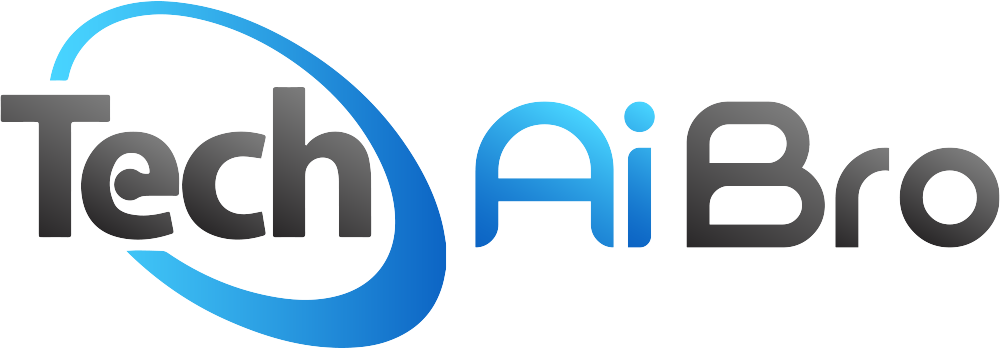Everything You Need to Know About SOA OS23: A Simple Guide
If you’re into technology or work in IT, you are likely to have come across SOA OS23. The term might seem complex, but don’t worry — we’ll simply explain everything. We will define SOA OS23, talk about its relevance, and illustrate its practicality. What is SOA? SOA means Service-Oriented Architecture. This refers to an approach to designing and developing software. Instead of having one monolithic program that completely fulfills all requirements, SOA suggests modularization into smaller services. Each service is independent and does one thing only. These services communicate over a network, such as a private or public internet. Picture a restaurant. Each staff member has a particular duty. A waiter takes your order, food is prepared, a server brings it, and another person takes care of cleaning the tables. Each of these (or services) performs a particular task, but they join forces to ensure optimal customer satisfaction and cohesion. SOA works in the very same way. What exactly is OS23? Now let’s analyze OS23. This typically stands for the OS name, or code for an update, or a new software version. In our case, SOA OS23 may represent an iteration of a system platform with service-oriented architecture made in the year 2023. This version (OS23) most likely comes with additional features, improved security, faster speeds, and simplified integration of services. Just like how phones get updates every year, software systems also release new versions to stay up-to-date and improve user experience. Importance of SOA OS23 SOA OS23 holds importance for multiple reasons. Enhanced Service Communication SOA enables seamless communication between different services. It is expected that OS23 enhances the speed and security of communications between these services. Flexibility One can adapt or improve one component of the system without altering the entire setup, which means you can execute changes without restrictions. This is efficient and cost-effective. Scalability Your system should evolve in parallel as your company grows. SOA OS23 allows easier addition of services or upgrades to existing services. Accelerated Development All services can be worked on simultaneously by different developers, speeding up the timeline of completion. Enhanced Integration SOA OS23 can now interface with other applications or software without any hassle. This is beneficial for companies that operate with multiple tools or applications. Practical Illustrations Now, let’s examine a few straightforward instances where SOA OS23 can be applied: E-Commerce When you shop online, multiple services manage your order. One checks product availability, another processes payment, and one takes care of shipping. SOA integrates these services efficiently. Finance Applications A banking application interfaces with multiple services – balance inquiry, funds transfer, and bill payment. These can all be independent services integrated using SOA OS23. Medical Care Systems Most hospitals operate with numerous software applications. SOA OS23 can assist in integrating systems for patient documentation, scheduling, billing, and lab results. What’s new in OS23? Although specifics differ by system, a generic OS23 upgrade might feature: Enhanced Data Protection SO23 may entail stronger encryption and more rigid access controls. Protecting information is more crucial now than ever. Additional SOA Enhancements SOA enhancements might also include optimizing update and information processing speeds, inter-service communication speed, and other enhancements for faster service response time. Simplified Configuration Increased access to guides and templates for easier and faster creation of new applications and frameworks. Stronger Servicing Monitoring Extra monitors and reports let teams better follow how services operate, including performance over time. Better Reporting Dashboards that provide easier servicing interaction can enable improved reporting and assist with data visualization. Responsibility Assignment Defining scoped access limits per registered user for better modularity and securing shared infrastructure. Supporting Additional Technologies OS23 can now be compatible with additional programming languages, databases, or cloud services. Who Needs SOA OS23? SOA’s OS23 is not exclusively meant for tech giants. They can also be beneficial for: Small Businesses that are aiming for expansion Entrepreneurs looking to develop new applications and platforms rapidly Large Companies focused on modernizing legacy systems Government Services need inter-departmental collaboration Healthcare, Education, and Finance sectors, where data volume is high Final Thoughts With SOA OS23, organizations can develop leaner, secure, and agile services with relative ease. The system integrates modern practices and intelligent frameworks to assist in service deployment. Effortlessly making the transition, whether a startup, growing business, or large enterprise, SOA OS23 enables businesses to enhance their performance on digital platforms. To stay up to date with the ever-changing world of technology, SOA OS23 guides, and Techaibro, your trusted source, help break down informative guides. For expert advice, new trends in the industry, and critical insights, keep visiting Techaibro.
Everything You Need to Know About SOA OS23: A Simple Guide Read Post »










